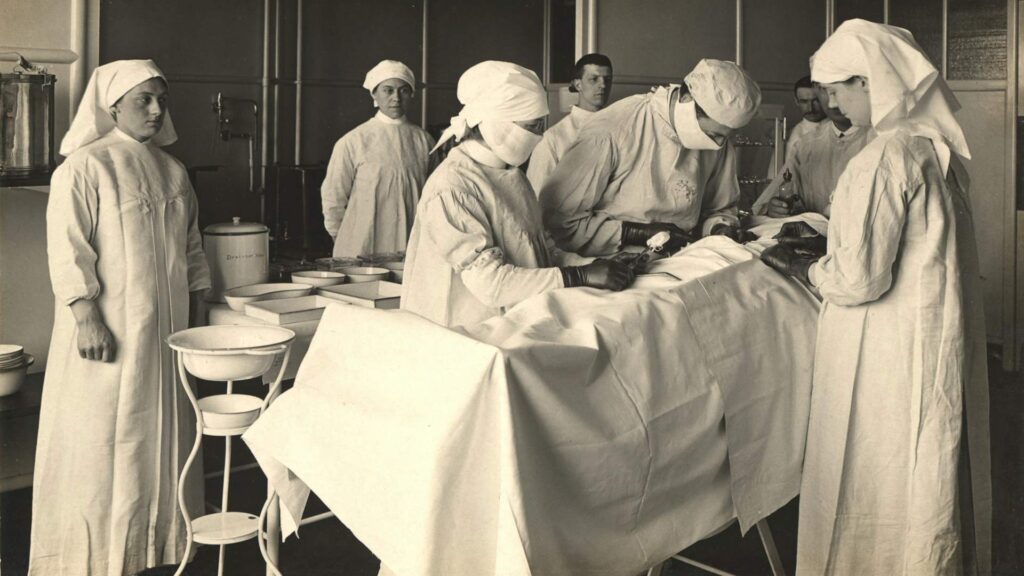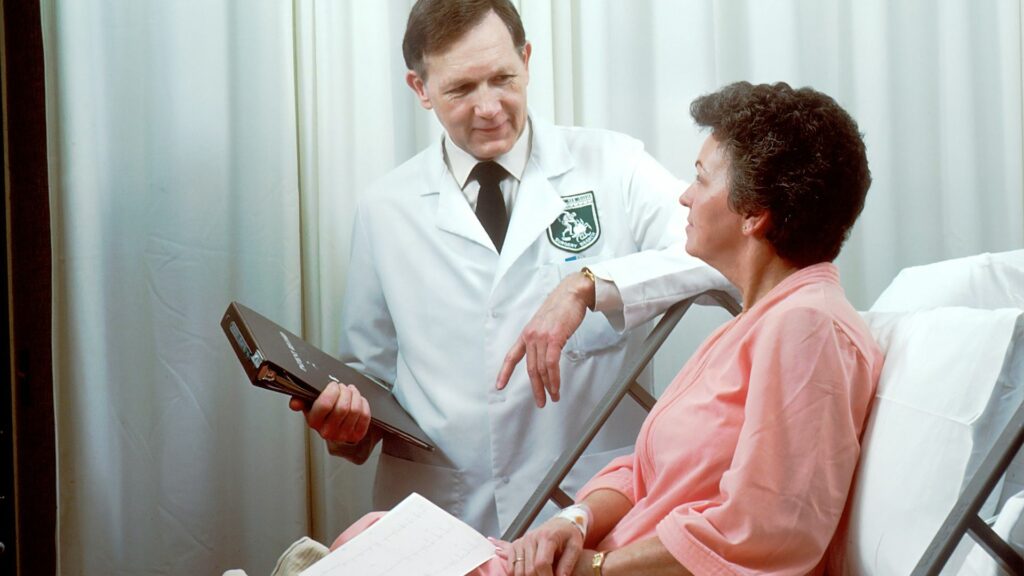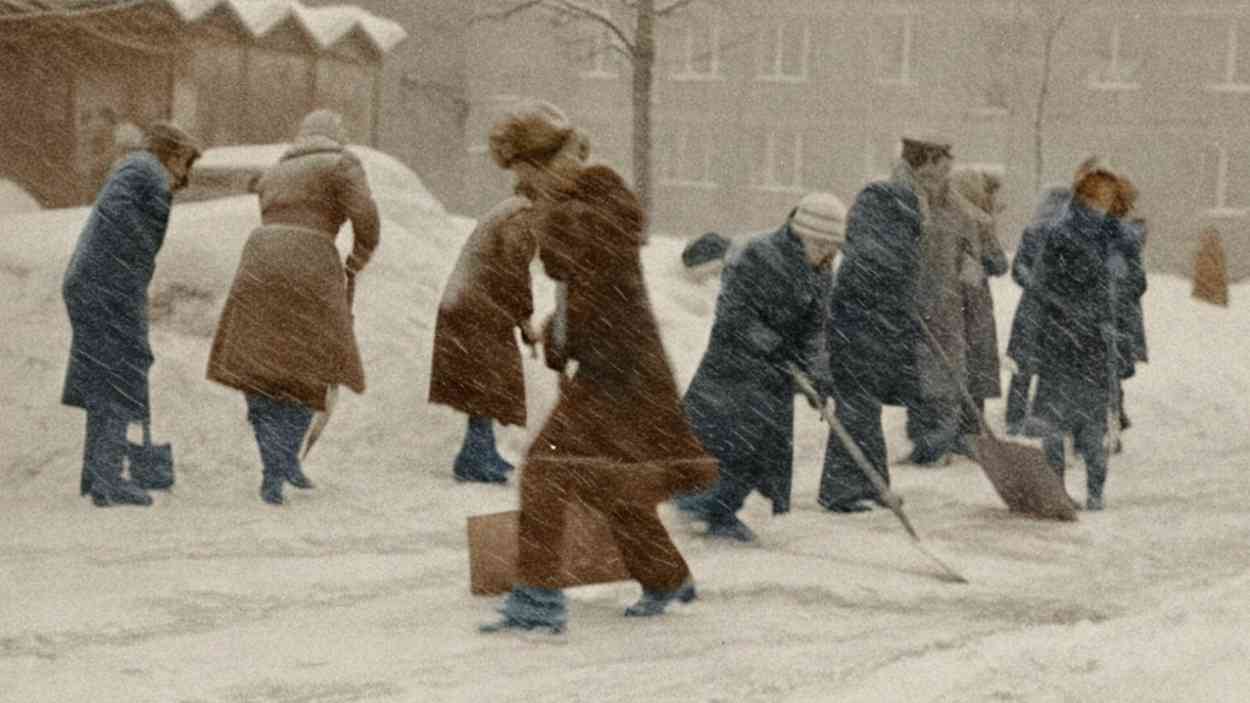Culture
Dismantling the Iron Curtain Myth: What Life Behind the Wall Truly Looked Like
26 December 2025

It is widely accepted that medicine has advanced primarily through the efforts of physicians who possessed courage, vision, and sometimes audacity, enabling them to push boundaries and take risks. These bold steps led to breakthroughs. Without the innovative spirit of many medical practitioners, we would lack what we now take for granted: anesthesia, disinfection, and heart surgeries. However, no medical breakthrough could have occurred without the equally heroic attitude of patients willing to place themselves on the operating table.
Patients who consented to pioneering procedures rarely possessed knowledge equivalent to that of visionary doctors, but they did not lack the will to live or the readiness for sacrifice. Every medical breakthrough often represents years of work, animal testing, and trials. Moreover, behind each success stand many individuals who, despite the sincerest intentions and assurances of medical professionals, did not survive the initial experimental procedures.
It is sometimes difficult to unequivocally assess the stance of doctors and patients who, in the name of improving health or merely extending life briefly, were willing to sacrifice so much. Among them are two individuals whose stories open the door to reflections on the roles of patient and physician in the treatment process.

Consider the case of Jane Crawford, who lived with her husband Thomas, and their five children in Green County, Kentucky. Amid harsh conditions, surrounded by wilderness and far from civilization, she tended to a tobacco plantation and hunted buffalo. She also cared for her children, several of whom, sadly, died young. In the spring of 1908, her abdomen began to swell again, leading everyone to expect another child. However, after nine months, nothing happened; her belly continued to grow and became increasingly painful.
Dr. Ephraim McDowell was summoned to their remote farm. Upon examining the patient, he diagnosed a massive cyst, concluding that all he could do was puncture her abdomen with a glass tube to drain excess fluid. He knew he could not truly help the woman; no human had ever survived opening the abdominal wall. The doctor was well-versed in this subject and knew that attempting such an operation would likely result in both the woman’s death and his own. Contemporary law held that if a physician opened a patient’s abdomen and the patient died under his knife, it was tantamount to murder. Jane, however, declared, “Doctor, please cut it out. I’ll endure any pain.”
We recommend: Increasing Loneliness of Seniors. “We Can Help Them”
The doctor took the woman to his home. The journey lasted two days, but the hardy woman survived the frigid trek. After much deliberation, on December 25th, Dr. McDowell commenced the operation. Outside, locals gathered, led by the sheriff, and erected a gallows on which they intended to hang the “murderous” doctor.
The operation took place nearly 40 years before the invention of anesthesia. The doctor laid the woman on a kitchen table, then, without anesthesia or antiseptics, cut open her abdomen and removed a cyst weighing over 22 pounds. He quickly closed the wound, completing the operation in 25 minutes. Jane remained conscious throughout. To cope with the overwhelming pain, she sang psalms. Five days post-operation, she rose from the bed, and after 25 days, she returned to her home 60 miles away. She lived to be 78 years old.
How did she manage to survive? Undoubtedly, she was an exceptionally robust woman, having endured years of grueling work in the wilderness. Her survival was also due to her immense will to live and the family she had to return to: her husband and children. Crawford faced an extraordinary dilemma: choose a life of constant pain and eventual death from the cyst or consent to a surgical attempt that was almost certain to end in failure and her demise. It remains a mystery whether she was fully aware of what truly awaited her on Dr. McDowell’s kitchen table. Was the physician able to inform and explain what he intended to do? We cannot know if Jane, had she been fully cognizant of the situation, would have opted for a surgical procedure that more closely resembled torture.
Nevertheless, the trust Jane placed in Dr. Ephraim McDowell allowed him to prove that cutting open a patient’s abdomen does not always result in death – that there are ways to protect the patient from such a fate. The doctor himself concluded that a crucial factor in the woman’s survival was simply that his house was clean. For the locals, it was evidence that attempting to save someone’s life, even if unsuccessful, is not equivalent to murder.

Before a successful human organ transplant could be achieved, doctors had to dedicate years to animal research and confront various challenges. Following the first successful kidney transplants, medical professionals decided to push the envelope and attempt lung transplantation. One of the pioneers in this field was Dr. James D. Hardy from the surgical department of the University of Mississippi Medical Center. After numerous animal trials, he resolved to attempt a human transplant. He sought the ideal candidate, who turned out to be John Richard Russell, a man serving a life sentence for murder.
During his incarceration, Russell was diagnosed with lung cancer and severe glomerulonephritis. His days were numbered, making him appear to be the perfect candidate for the experimental procedure. Dr. Hardy wrote:
“We set up certain criteria for the first attempt at a lung transplant on human beings. These criteria were: (1) the patient must have a probably fatal disease so that in the event untoward results were encountered his life would not have been materially shortened; (2) there must be a reasonable possibility that the patient would benefit by the lung transplant; (3) […] transplantation of the left lung was somewhat simpler technically than transplantation of the right, and thus it was elected to initiate the clinical phase of the work. When Russell showed up, he had all the things that we had written down ahead of time, and I made the decision.”
Russell was a simple, uneducated man. He listened to all the explanations while examining the presented diagrams. He gave himself a day to contemplate the situation and contact his family, after which he agreed to the operation. What he wanted was to have a little more air and, if only for a moment, to escape the torment of suffocation.
We recommend: Generation Z: The Health Generation? Can Young Adults Outshine Their Parents with Good Habits?
After finding a suitable donor, the procedure commenced. Despite complications, the damaged left lung was successfully removed and a new one was transplanted. As Jürgen Thorwald writes in his book The Patients: “For John Richard Russell, it was one of his greatest experiences. He could feel the air entering his lungs again.” Following this pioneering operation, the man lived for another 17 days. The cause of death was kidney failure.
Is Dr. Hardy’s conduct morally acceptable? He used a terminally ill inmate as a subject for his research. Moreover, the patient once again had such limited knowledge that he was not fully aware of how he was breathing. On the other hand, Hardy himself spoke with great respect and compassion about the patient: “Russell was not a combative type of person. He had been ill for a long time; he may have been a dashing rogue at one time, but I found him to be very placid. He was very short of breath.”
After consulting with other physicians and deeply contemplating the matter, he decided to present the circumstances to Russell and offer him a moment of respite from his breathlessness. He did not choose him for the operation because he was a prisoner. Moreover, when Russell agreed to the operation, the doctor petitioned for his pardon.
The cases of Jane Crawford and John Richard Russell demonstrate that medicine is a field full of ambiguities and morally difficult choices. Doctors undertaking groundbreaking operations walk a tightrope between ethics and heroism, while patients, often unaware of all the consequences, become heroes in this uneven battle for life. Without the courage of visionary doctors and the determination of patients who agreed to pioneering procedures, there would be no progress in medicine, and many currently used procedures and techniques would remain merely theoretical. The history of medicine is a history of cooperation, courage, and sacrifice, where each side – both doctors and patients – plays an irreplaceable role.
Modern medicine still faces similar dilemmas. On one hand, technological and scientific progress allows for increasingly complex and precise procedures; on the other, ethics raises questions about the limits of human experimentation. Patients still must make decisions based on trust in doctors, and doctors must be guided not only by knowledge but also by conscience and empathy. The cases of Crawford and Russell remind us that every operation and every treatment is not just a fight against disease, but also an attempt to understand and appreciate human determination and courage. After all, it is cooperation, mutual trust, and willingness to take risks that allow this discipline of science to continuously develop and provide help to those who need it most.
Translation: Klaudia Tarasiewicz
Polish version: Pamiętamy o lekarzach, nie zapominajmy o pacjentach. Przełomy w medycynie to także ich zasługa
Culture
26 December 2025



Zmień tryb na ciemny